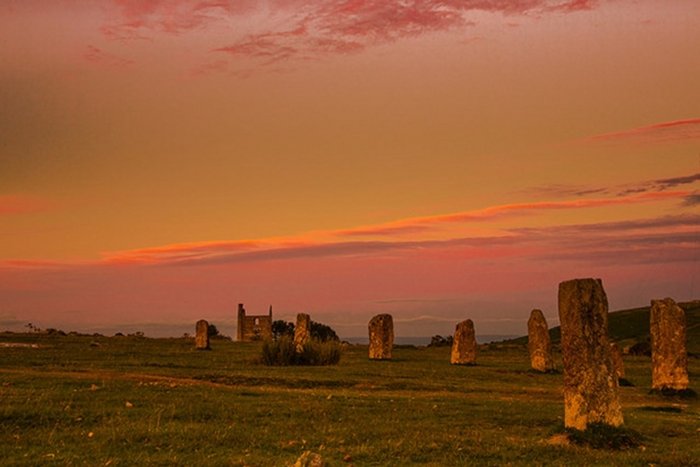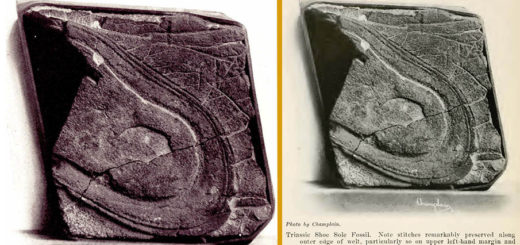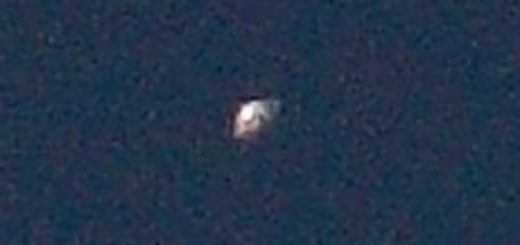Can The Mystery Of The Hurlers – Ancient Standing Stones In Cornwall Now Be Solved?
– There are many sanding stones, stone circles, burial chambers and remains of ancient villages in Cornwall, UK.
Many ancient relics are still in remarkably good condition and provide an intriguing insight into the customs, culture and rituals of our ancestors, but there are also ancient places we still know very little about, like for example the mysterious 4,000-year-old standing stones that can be found near the village of Minions on Bodmin Moor.The Hurlers as the ancient standing stones are a Bronze Age, triple stone circle complex. The name comes from the legend that tells of local people being turned to stone for playing hurlers on the Sabbath.

Some 150 prehistoric stone circles have been identified in England, of which 16 are to be found on Bodmin Moor, the largest of the Cornish granite uplands. Of these, The Hurlers are the most fascinating.
This is one of the largest prehistoric sites in England and consists of three granite stone circles. The north circle is 35m in diameter with 15 stones remaining (originally there were 24), the middle circle is oval with 14 stones (originally 28) and the southern circle, which has almost been demolished by a cart track, has nine stones remaining from an original 26.
The middle and northern circle were once linked together by a granite path, which ran through their centers. Nearby, to the west of the main circle, there are also two standing stones known as The Pipers. It’s possible these could have acted as boundary posts or played a part in astronomy.
Little is known about the Hurlers and people who raised them. Archaeologists are currently excavating a hidden fourth circle at the Hurlers.
“This is a unique opportunity to expand on our knowledge of this fantastic site and involve volunteers from all walks of life,” archaeologist Emma Stockley said.
More Ancient MysteriesProject geologist Calum Beeson added: “To complement the archaeology, we are exploring how geology was intrinsic to the lives and culture of the Bronze Age people”.
The close grouping of three Late Neolithic or Early Bronze Age stone circles is extremely rare in England, but a grouping of three such regular circles is unique.The central circle, the best preserved of the three, has 14 original stones and 14 markers. All the stones were hammered smooth, and the chippings were deposited nearby. The southern circle, which has not been excavated, is the least well preserved: it has nine original stones of which seven have fallen.
Stone robbing has damaged all the circles to some extent, while the introduction of cattle on to Bodmin Moor has resulted in many of the stones falling over.
However, archaeologists are still optimistic we might learn more about these ancient standing stones and the maybe the mystery of the Hurlers will be finally solved in the near future.



 Creators of mankind
Creators of mankind Description of “Tall white aliens”
Description of “Tall white aliens” Where they came from?
Where they came from? About hostile civilizations
About hostile civilizations The war for the Earth
The war for the Earth “Tall white aliens” about eternal life
“Tall white aliens” about eternal life Video: “Nordic aliens”
Video: “Nordic aliens” Aliens
Aliens Alien encounters
Alien encounters The aliens base
The aliens base UFO
UFO Technology UFO
Technology UFO Underground civilization
Underground civilization Ancient alien artifacts
Ancient alien artifacts Military and UFO
Military and UFO Mysteries and hypotheses
Mysteries and hypotheses Scientific facts
Scientific facts


















